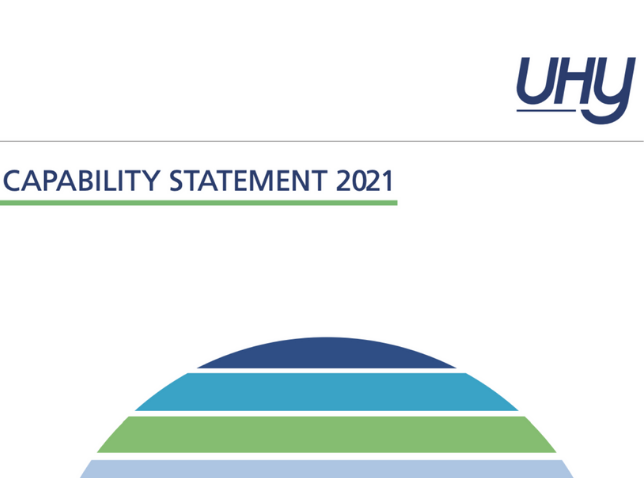UHY Advisors: The Secure Act: The Good, The Bad & The Grinch

This post is also available in: Français (French)
The President signed the Setting Every Community Up for Retirement Enhancement (SECURE) Act on Dec. 20, 2019. The goal of this bill was to help simplify some retirement plan rules and make it easier for companies to implement one. While the SECURE Act provides many benefits it also comes at great costs for many
First, the good…The SECURE Act provides the following benefits:
- Ability to make changes to safe-harbour retirement plans after the beginning of the plan year
- Increases the tax credit for eligible small employers who implement a qualified retirement plan (up to $5000)[Used to be $500]; can be claimed for three (3) years
- New Tax credit for a new plan (or existing ones) that include an automatic enrollment feature (up to $500; in addition to the credit above); can be claimed for three (3) years
- Allows participants to make direct trustee-to-trustee transfers from qualified defined contribution plans, 403(b) plans, or governmental 457 (b) plans to another employer-sponsored plan or IRA to preserve lifetime income investment option and avoid surrender charges and fees
- Employers that maintain 401 (k) plans will be required to allow long-term part-time workers to participate if they work three consecutive years with at least 500 hours of service
The better…
- Repeals the maximum age for being able to make traditional IRA contributions
- Adds a provision for penalty-free withdraws from a qualified retirement plan for nay qualifying birth or adoption. Increases the age for when required minimum distributions (RMD) must begin, from age 70 1/2 to age 72 (no more “half birthday” issues)
- Plans adopted by the filling due date for a given tax year (including extensions) will be treated as having been in effect at the end of that tax year
- Expands 529 education savings accounts to cover costs associated with registered apprenticeships; homeschooling; up to $10 000 of qualified student loan repayments (including those of siblings) and private elementary, secondary or religious schools
The Grinch…
- Increases the failure to file penalty to the lesser of $400 or 100% of the amount of tax due
- Increases the penalty for failure to file retirement plan returns (Form 5500) to $105 per day, not to exceed $50,000. Other penalty increases will apply for failure to file a registration statement, for failure to file a required notice of the change and the failure to provide a required withholding notice
- RMD rules will be modified for a qualified plan and IRA balances upon the death of an account owner. Spousal beneficiaries will not be changed from prior treatment, but most non-spousal beneficiaries will be required to take complete withdrawal of the account balance by the end of the tenth (10th) calendar year following the year of the owner’s death
Many taxpayers planned on using children and grandchildren to allow these tax-deferred (and tax-free in the case of Roth IRA) accounts to continue to grow and provide funds for decades. Now the entire account will become taxable to your heirs within eleven years of your passing. This new rule will require innovative ideas when it comes to tax, retirement and estate planning. To learn more about how to address this radical change you should contact your professional consultant at UHY Advisors in one of our man
For more information: Click here


